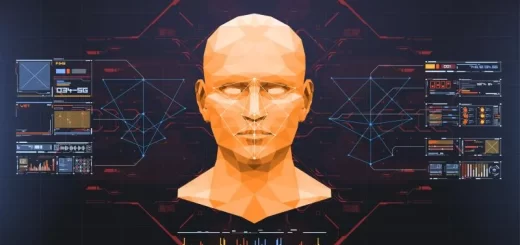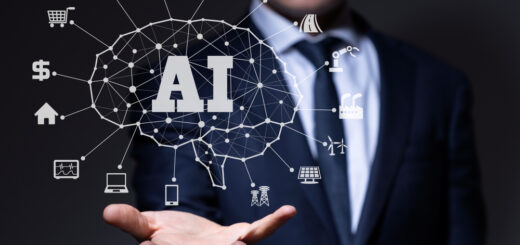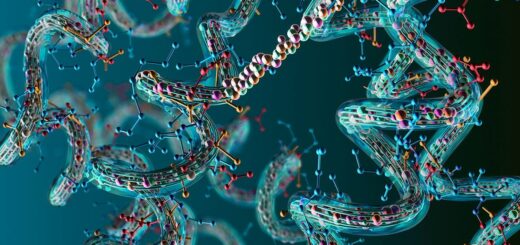AI-Powered Robotics Redefines Industrial Automation
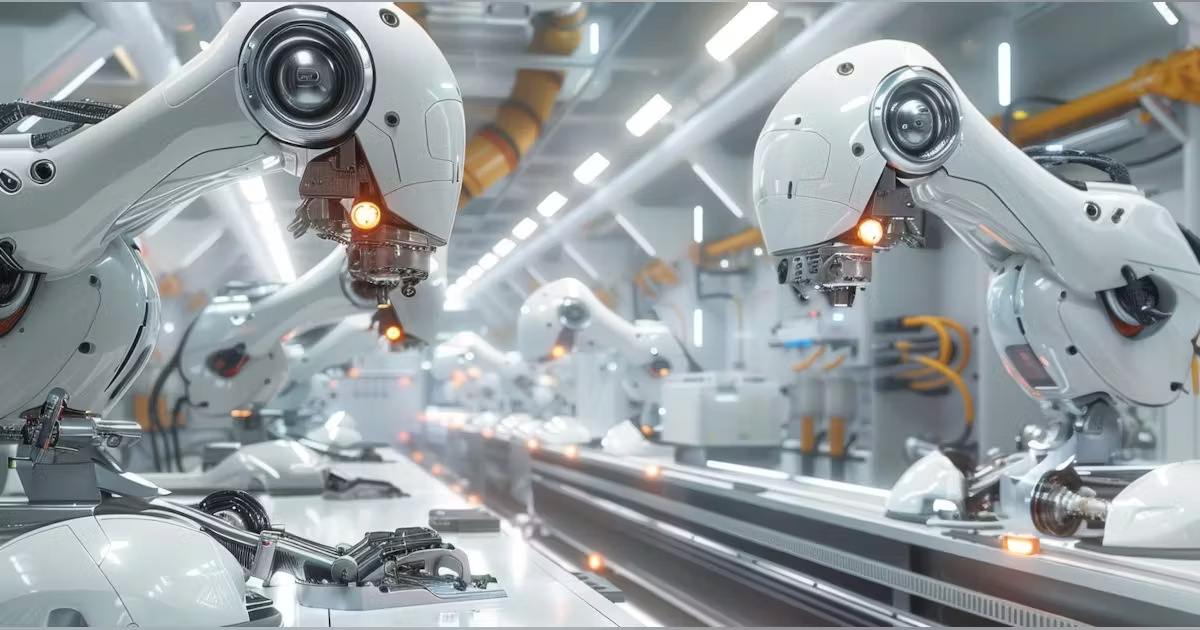
Industrial automation has long depended on pre-programmed machines and structured workflows, where robots followed strict, repetitive commands with limited adaptability. While automation has increased efficiency, traditional robotic systems have struggled with complex decision-making, dynamic environments, and unpredictable challenges. However, in February 2025, AI-powered robotics reached a new milestone, introducing autonomous, self-learning systems capable of adapting to real-world industrial challenges in real time.
The integration of reinforcement learning, vision-based AI, and adaptive robotic control systems allowed industries to automate complex tasks, enhance precision, and improve operational flexibility like never before. AI was no longer just controlling machines—it was enabling robots to think, learn, and adapt, revolutionizing industrial processes across manufacturing, logistics, and infrastructure.
How AI Was Transforming Industrial Robotics
Traditional robotic automation relied on fixed programming, structured tasks, and rule-based execution, limiting robots’ ability to handle unexpected changes in production lines or logistics. AI-powered robotics introduced an unprecedented level of flexibility and intelligence, allowing industries to:
- Deploy self-learning robots capable of real-time adaptation – AI-driven robotic systems analyzed sensor data, learned from past actions, and adjusted workflows autonomously.
- Enhance precision with AI-powered vision and motion planning – Advanced computer vision enabled robots to identify, pick, and manipulate objects with human-like dexterity.
- Automate complex assembly and inspection tasks – AI-assisted manufacturing robots detected defects, optimized quality control, and ensured precise component placement.
These advancements eliminated bottlenecks in industrial automation, enabling companies to scale operations efficiently and reduce reliance on human labor for repetitive tasks.
Industries Rapidly Adopting AI-Driven Robotics
AI-powered robotics was being rapidly integrated into sectors where precision, efficiency, and automation were key drivers of innovation.
1. AI in Smart Manufacturing
- AI-enhanced robotic arms optimized assembly line efficiency, reducing production costs and minimizing defects.
- Self-learning AI systems adjusted to variations in materials and environmental conditions, increasing flexibility in manufacturing.
2. AI in Logistics and Warehousing
- Autonomous warehouse robots streamlined inventory management, product sorting, and real-time order fulfillment.
- AI-powered delivery drones and automated guided vehicles (AGVs) optimized last-mile logistics and internal transportation.
3. AI in Construction and Infrastructure Development
- AI-driven robotic systems handled precision-based welding, bricklaying, and structural assembly, reducing human risk in hazardous environments.
- AI-assisted monitoring drones surveyed construction sites and optimized project planning through real-time data analysis.
These applications demonstrated that AI-powered robotics was not just improving efficiency—it was redefining entire industries by automating tasks that were previously impossible without human intervention.
Challenges and Ethical Considerations in AI Robotics
Despite its advancements, AI-driven robotics faced several challenges and ethical concerns that required careful implementation and oversight.
1. Workforce Displacement and Job Evolution
- AI-driven robots replaced repetitive, labor-intensive tasks, raising concerns about job losses in manufacturing and logistics.
- Companies focused on reskilling programs and human-robot collaboration strategies to integrate AI robotics without workforce disruption.
2. Safety and Reliability of Autonomous Robots
- AI-powered robots required strict safety measures to prevent accidents, particularly in high-risk industries like construction and manufacturing.
- Regulatory bodies worked on establishing AI compliance standards for industrial robotics to ensure workplace safety.
3. Ethical AI and Decision-Making in Automation
- AI robots making autonomous decisions in industrial settings raised concerns about accountability and responsibility in case of failures or defects.
- Developers emphasized explainable AI models, ensuring transparency in robotic decision-making and control mechanisms.
Navigating these challenges was essential in ensuring AI-driven robotics was deployed safely, ethically, and in a way that benefited both businesses and workers.
What’s Next for AI in Industrial Robotics?
With AI-powered robotics continuing to evolve, the next wave of advancements was expected to include:
- AI-driven human-robot collaboration – Future AI robots would work seamlessly alongside human operators, adapting to real-time feedback and commands.
- Self-repairing and autonomous maintenance robots – AI-enhanced robotic systems would detect mechanical wear and autonomously perform self-repairs.
- AI-powered micro-manufacturing and decentralized production – AI-driven robotics would enable on-demand, localized production, reducing supply chain dependencies.
These innovations positioned AI as a critical force in shaping the future of industrial automation, making factories, warehouses, and infrastructure projects smarter and more efficient.
A Defining Moment for AI in Robotics
The adoption of AI-powered autonomous robotics in February 2025 marked a major shift in how industries approached automation, precision tasks, and large-scale production. Instead of relying on pre-programmed, rigid robotic systems, companies were now integrating AI-driven robots capable of learning, adapting, and optimizing industrial processes in real time.
However, as AI-powered robotics became more prevalent, ensuring ethical AI use, regulatory compliance, and workforce transition strategies remained key challenges. Moving forward, the industries that successfully blended AI-driven robotics with human expertise would lead the next era of industrial automation.
